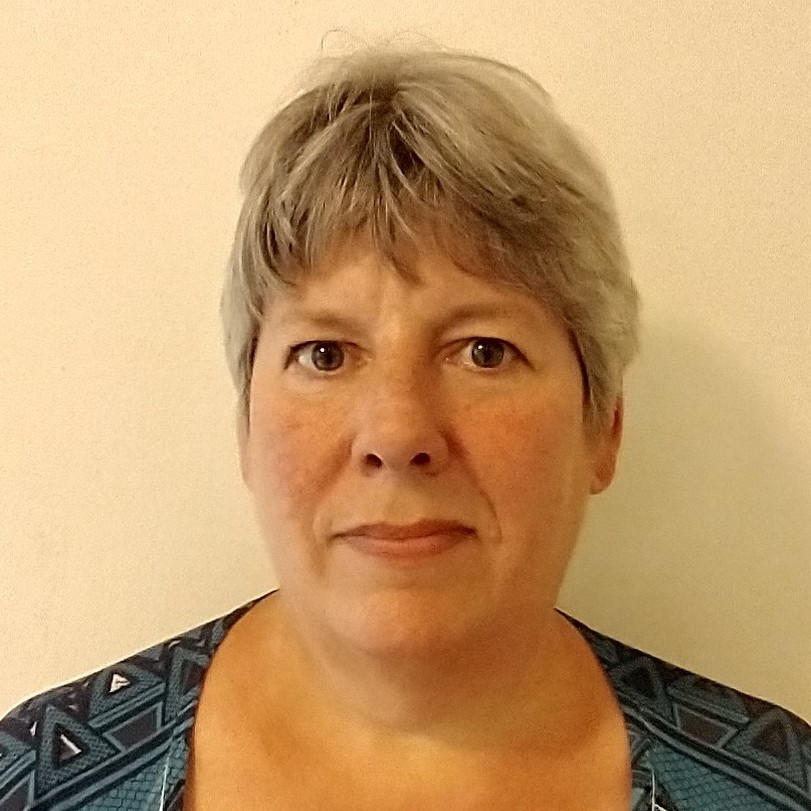I’ve made plenty of mistakes over the decades of my semi-illustrious career, but this one ranks amongst the biggest. I write in order that others may not follow my footsteps down this path. In other words, in humility I say, “Do what I say – not what I did.”
Here’s the story. Accreditation was looming, and though we were, of course, for the purposes of this article, a nearly perfect school system; the pressure of improving some of our practices was upon us, including curriculum mapping. As an administrator, the fact that our accrediting association required mapping and that mapping had to meet certain requirements gave me what I thought was the ideal leverage: “We have to do this, not because I say so, but because it is required for accreditation.” The message: don’t blame me but get on it! In hindsight this may have been expedient but it certainly wasn’t vision casting for the broader good.
We chose to work with Curriculum Trak because it offered an efficient tool for doing what we needed to do. That was at least one good decision in my favor. But working with Curriculum Trak also deepened my vision for mapping and for the potential for strengthening the school culture that it has.
Here’s what I wish I had told the teachers:
We are going to map our curriculum because curriculum mapping is your legacy to the school. It ensures that the excellent ideas and instructional strategies that you are using get passed on to the next teacher in your classroom.
Curriculum mapping gives you a place to record what you want to remember to do from year to year and to attach the resources (electronic and paper) that you will need for each unit so that you can easily access them when you need them.
Curriculum mapping lets the teachers in other classrooms know what content you are teaching.
Mapping allows administrators to ensure that the curriculum is robust from grade to grade, meeting standards and expected student outcomes.
Most importantly, curriculum mapping makes us think about biblically integrating in every subject and provides a tool for doing so. Biblical integration must have a prominent place in our lesson planning because it is one of the significant ways we fulfill our mission.
Of course I could say more, but I think that makes the case. Curriculum mapping has the potential to be one of the most powerful, useful tools we have as educators and administrators.
If only…. I say this now, but it is very difficult to recast a vision once embedded in the culture. Some are beginning to understand, many still feel that it is just one more task that they have to do for accreditation that will have little if any ongoing value to them in the classroom. Maybe if I say it one more time . . . two more times . . . I’ll keep trying. Another example of how valuable it is to do it right the first time. Wish I’d been wiser . . . but now hopefully you can learn from my mistakes!
Photo by Amy Hirschi on Unsplash




